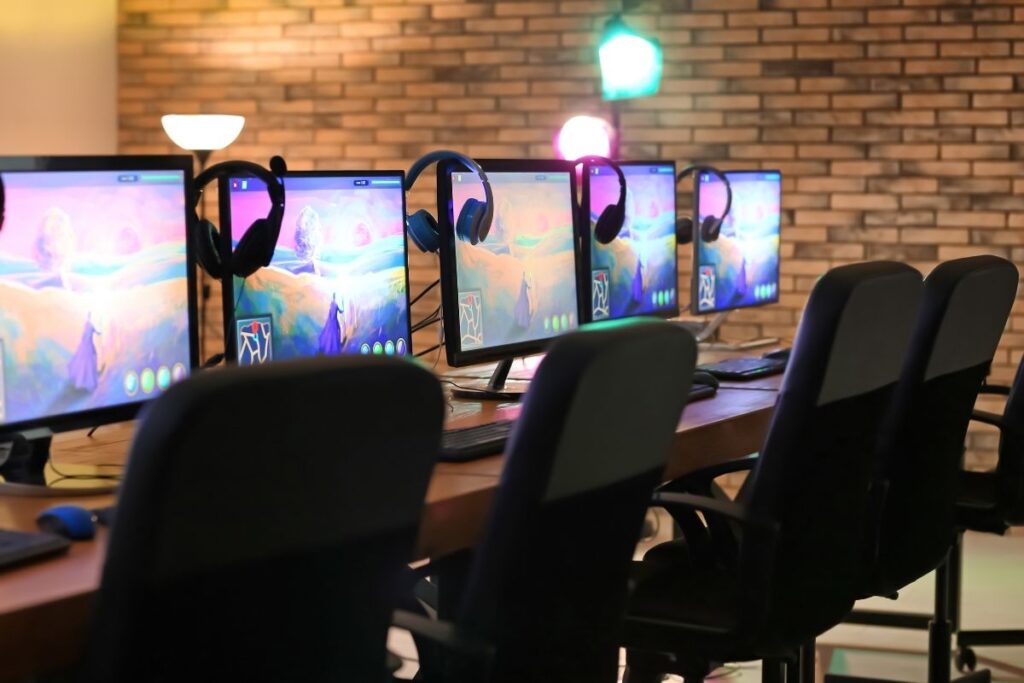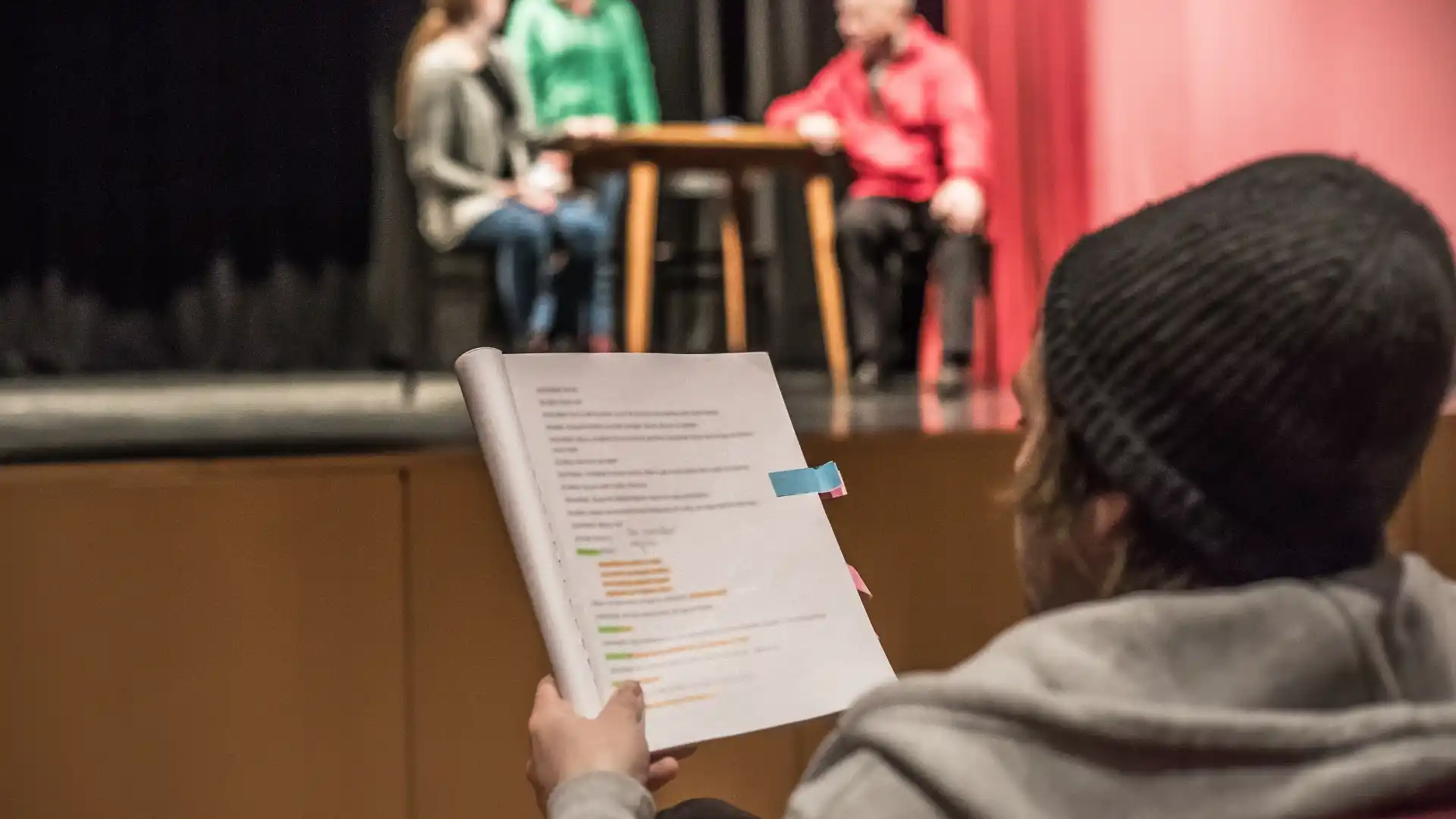Many gaming audiences today prefer the social aspect of gaming almost as much as the gameplay itself. For many gamers, the ability to socialize with their communities is the most important part of the whole experience.
“It’s a social experience first, it’s a piece of meaty game design second,” explains David Jaffe.
Games like Dota or League of Legends resonate more as “gamer’s games” but this hardcore focus on gameplay can turn a lot of people away, especially if that’s not what they’re looking for. Game designers are tasked with finding the balance and understanding the experiences that draw their audiences in, to begin with.
David Jaffe details the pitfalls of neglecting the social aspect of gaming:
“It’s very easy to become a game designer and fall in love with play mechanics and nuance and strategy and tactics. And there are games out there that you can make that speak to an audience that will care about those things. But if you’re making mainstream titles, it’s kind of like trying to be a four-star Michelin chef, but you’re making a menu for McDonald’s. There’s nothing wrong with McDonald’s, and there’s nothing wrong with Ruth’s Chris Steak House either, but you have to know who you’re cooking for.”
Knowing your audience is a core feature of good game design. For example, the community aspect is especially prioritized in multiplayer games that rely on coordination, group strategy, and cooperation. There is, of course, a balance between catering to an audience’s needs and presenting something fresh that can be appreciated in its own right.
“You have to engage with the community,” says Jaffe, “but you also have to understand that you’re not a short-order cook for the community. . .Your job is to sit there with the development team, the publisher, and sometimes the license holder, and go: this is what we are making.”

Unlocking WGA Membership: A Step-by-Step Guide
Explore the process of how to join WGA: Understand eligibility, earn writing credits, and reap benefits. A guide for aspiring entertainment industry writers.







